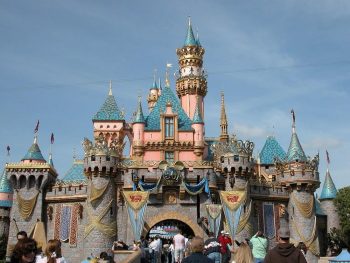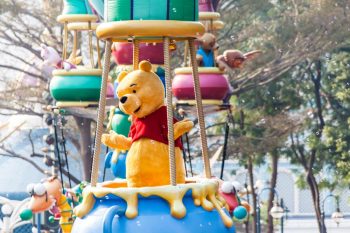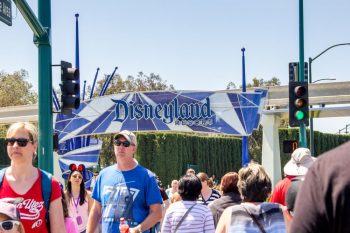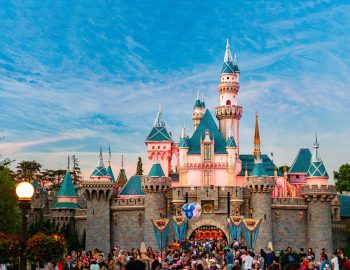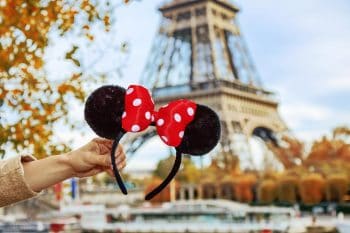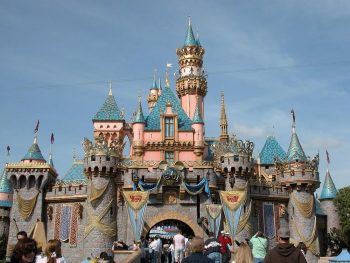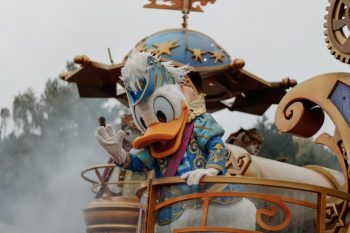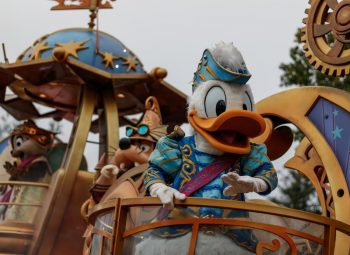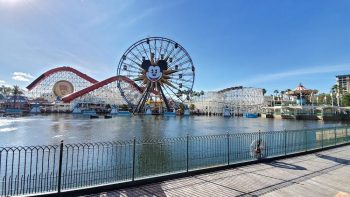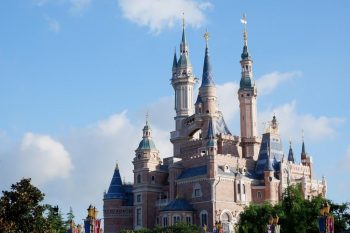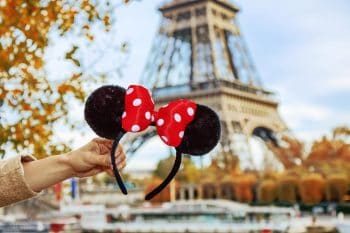
Disneyland, an iconic theme park known globally for its family-friendly attractions and magical experiences, is owned by The Walt Disney Company. This multinational mass media and entertainment conglomerate is currently led by CEO Bob Iger, who returned to the position after the ousting of Bob Chapek in 2022. The president of Disneyland Resort is Ken Potrock, who reports to Josh D’Amaro, Chairman of Parks, Experiences, and Consumer Products.
Disneyland, the globally recognized theme park, is currently owned by The Walt Disney Company, a multinational mass media and entertainment conglomerate. The company is led by CEO Bob Iger, with Ken Potrock as the president of Disneyland Resort. The ownership has evolved significantly since its inception in 1955, but it continues to grow and evolve under the guidance of its current leadership.
History of Disneyland’s Ownership
The history of Disneyland’s ownership dates back to its inception in 1955. Initially, Disneyland was owned by Disneyland, Inc., a joint venture between Walt Disney Productions, Walt Disney, Western Publishing, and the American Broadcasting Company (ABC).
Walt Disney Productions, founded by brothers Walt and Roy Disney in 1923, partnered with Western Publishing and ABC in the 1950s to finance the park. By 1960, the Walt Disney Company had bought out its partners, and by 1988, it had complete ownership of Disneyland, including the Disneyland Hotel, which had been owned by Jack Wrather.
Ownership Changes Over the Years
Changes in ownership, particularly concerning the Disneyland Hotel and the surrounding land, have occurred since Disneyland’s opening in 1955. The Disneyland Hotel was originally owned and operated by Disney’s business partner Jack Wrather. However, in 1987, Disney and Industrial Equity (Pacific) Ltd. agreed to purchase the remaining Wrather Corporation stock, which owned the Disneyland Hotel and operated the Queen Mary and Spruce Goose tourist attractions. By March 1988, Disney had acquired Industrial Equity’s half of Wrather Corporation, gaining complete ownership of the Disneyland Hotel.
Impact of Ownership on Park’s Development and Growth
Ownership plays a significant role in the development and growth of a park. The type and size of a park can influence its impact on property values and development. Larger parks are likely to have higher premiums, as they often have more buffers to insulate nearby residents from potential negative factors.
Disneyland’s Ownership Structure
Disneyland’s ownership is structured under The Walt Disney Company, an American multinational mass media conglomerate headquartered in Burbank, California. The company utilizes a decentralized cooperative multidivisional (M-form) organizational structure, which is common in diversified companies with a wide breadth of operations, especially those carried out globally. Disneyland now operates under the Parks, Experiences and Products division of The Walt Disney Company.
Major Decisions by Current Owners
Several major decisions made by the current owner of Disneyland have significantly impacted the theme park. These decisions include reorganization of the company, Disneyland expansion, and cancellation of a $1 billion development in Florida.
Future Plans for Disneyland
Disneyland has future plans under the current ownership, which include the Disneyland Forward project. This project aims to update and renovate the Anaheim theme park within its existing 490-acre footprint, adding new attractions, shops, and restaurants.
Role of Reedy Creek in Disney’s Ownership Structure
Reedy Creek Improvement District plays a significant role in Disney’s ownership structure. Established in 1967 by the Florida State legislature in collaboration with the Walt Disney World Company, Reedy Creek acts with the same authority and responsibility as a county government. As the majority landowner within the district, primarily Walt Disney World, the company is solely responsible for paying the cost of providing typical municipal services like power, water, roads, and fire protection.
Conclusion
The ownership of Disneyland has evolved significantly since its inception. Today, as part of The Walt Disney Company, Disneyland continues to grow and evolve under the guidance of its current leadership. Despite changes in ownership and the challenges that come with it, Disneyland remains a beloved destination for families around the world.
Frequently Asked Questions
What is the Disneyland Forward project?
The Disneyland Forward project is a proposed expansion plan by The Walt Disney Company. It aims to bring more immersive, unique and innovative experiences to the Anaheim theme park, including new attractions, shops, and restaurants, all within its existing 490-acre footprint.
Who were the initial partners in the joint venture to finance Disneyland?
The initial partners in the joint venture to finance Disneyland were Walt Disney Productions, Western Publishing, and the American Broadcasting Company (ABC).
What is the significance of the Reedy Creek Improvement District in Disney’s ownership structure?
The Reedy Creek Improvement District, established in 1967 by the Florida State legislature in collaboration with the Walt Disney World Company, acts with the same authority and responsibility as a county government. As the majority landowner within the district, primarily Walt Disney World, the company is solely responsible for providing typical municipal services like power, water, roads, and fire protection.
Who is the current CEO of The Walt Disney Company?
The current CEO of The Walt Disney Company is Bob Iger, who returned to the position after the ousting of Bob Chapek in 2022.
What was the major change in Disneyland’s ownership in the late 1980s?
In the late 1980s, a significant change in Disneyland’s ownership occurred when Disney acquired the remaining half of the Wrather Corporation from Industrial Equity (Pacific) Ltd., gaining complete ownership of the Disneyland Hotel.

